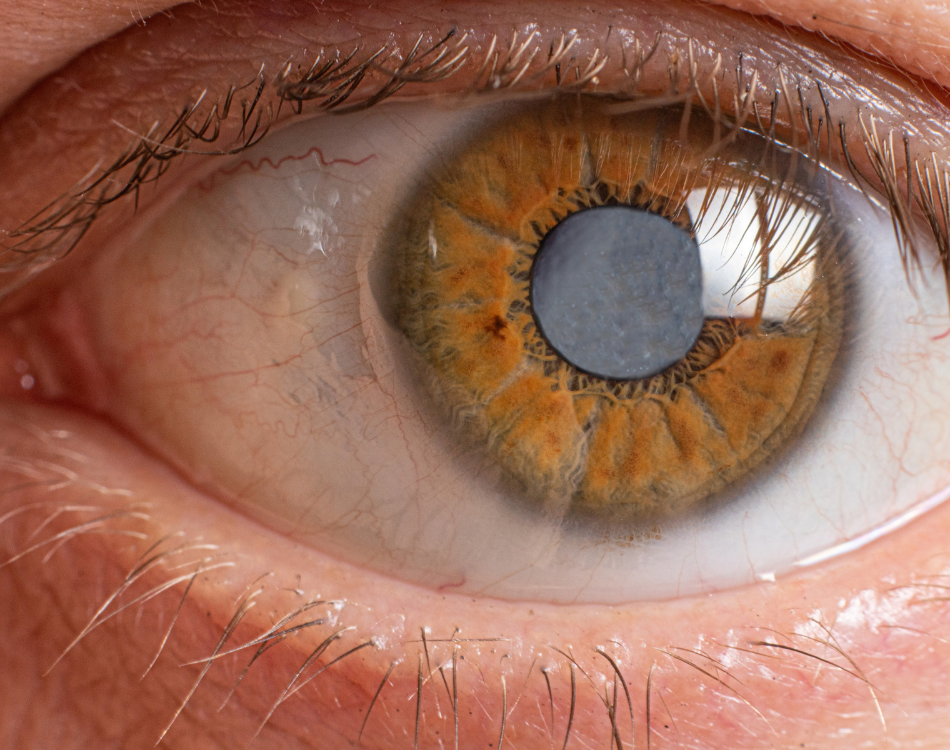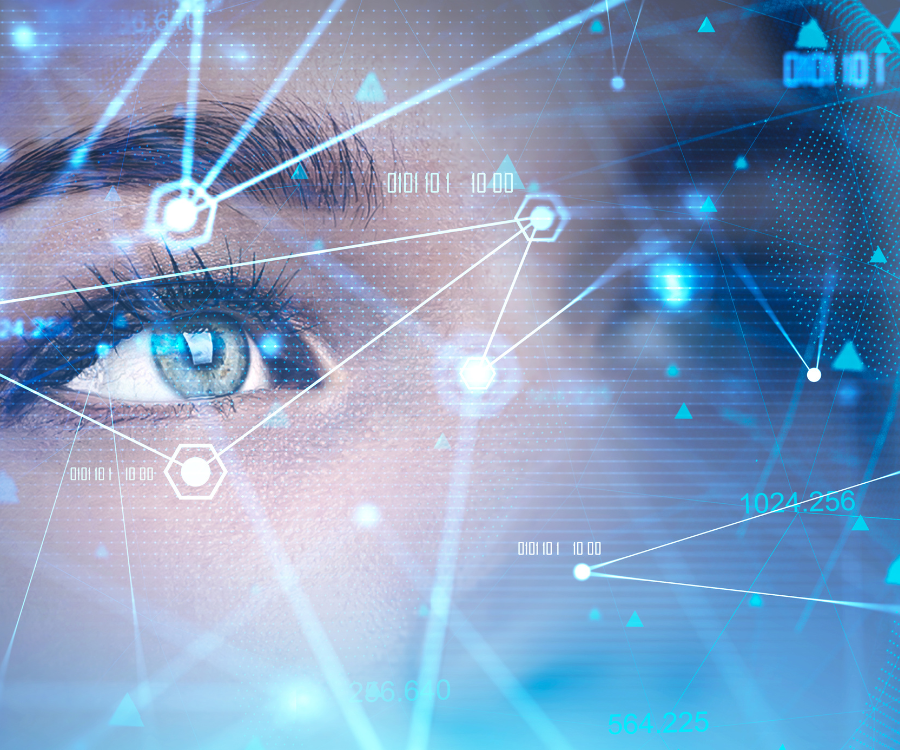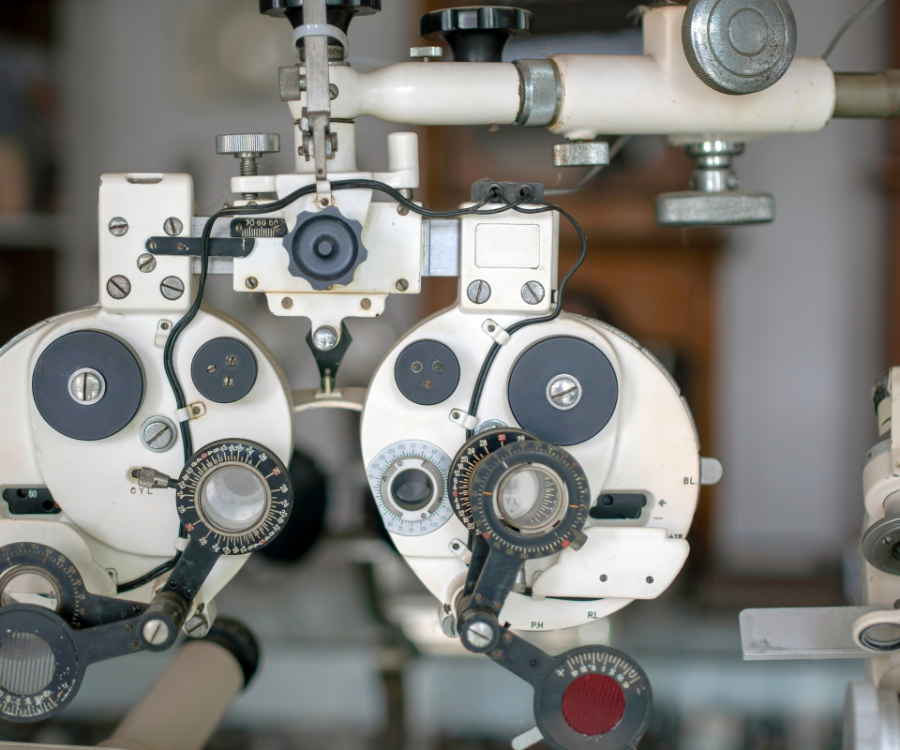Our eyes are windows to the world, and taking care of them is crucial. But between conflicting advice and age-old myths, navigating proper eye care can be confusing. Let’s debunk some common misconceptions and shed light on the facts to keep your vision sharp!
Myth #1: Sitting Too Close to the TV Ruins Your Eyes
This one might bring back childhood memories of parental warnings. While excessive screen time can cause eye strain, sitting close to the TV itself won’t permanently damage your vision. However, maintaining a comfortable distance (around 6 times the screen width) can help prevent eye fatigue and headaches.
Myth #2: Reading in Dim Light Hurts Your Eyes
Reading in dim light might make your eyes work harder, causing temporary discomfort. But there’s no evidence it leads to permanent vision loss. However, good lighting can certainly make reading more enjoyable and prevent eye strain.
Myth #3: Carrots Improve Your Night Vision (Because of Vitamin A)
Carrots are great for overall health, but their night vision-boosting reputation is a bit of a myth. The truth is, vitamin A deficiency can cause night blindness, but for most people, a balanced diet provides enough vitamin A for normal night vision.
Fact: Regular Eye Exams Are Key for Everyone
Regardless of age or perceived vision quality, scheduling regular eye exams is essential. These exams can detect eye diseases in their early stages, often before you even notice any symptoms. Early detection is crucial for successful treatment and preserving vision.
Fact: Contact Lenses Don’t Cause Blindness (If Used Properly)
Contact lenses are a safe and effective vision correction method. However, proper hygiene is crucial. Always follow your eye doctor’s instructions for cleaning and wearing them to avoid infections that could potentially harm your eyes.
Fact: A Healthy Lifestyle Benefits Your Eyes Too
Just like the rest of your body, your eyes thrive on a healthy lifestyle. Eating a balanced diet rich in fruits and vegetables, maintaining a healthy weight, and managing chronic conditions like diabetes can all contribute to good eye health.
Remember, consulting your eye doctor is the best way to address any questions or concerns you may have. They can tailor advice to your specific needs and ensure your eyes stay healthy for years to come. So, ditch the myths, prioritize regular eye exams, and embrace healthy habits to keep your world bright and clear!




